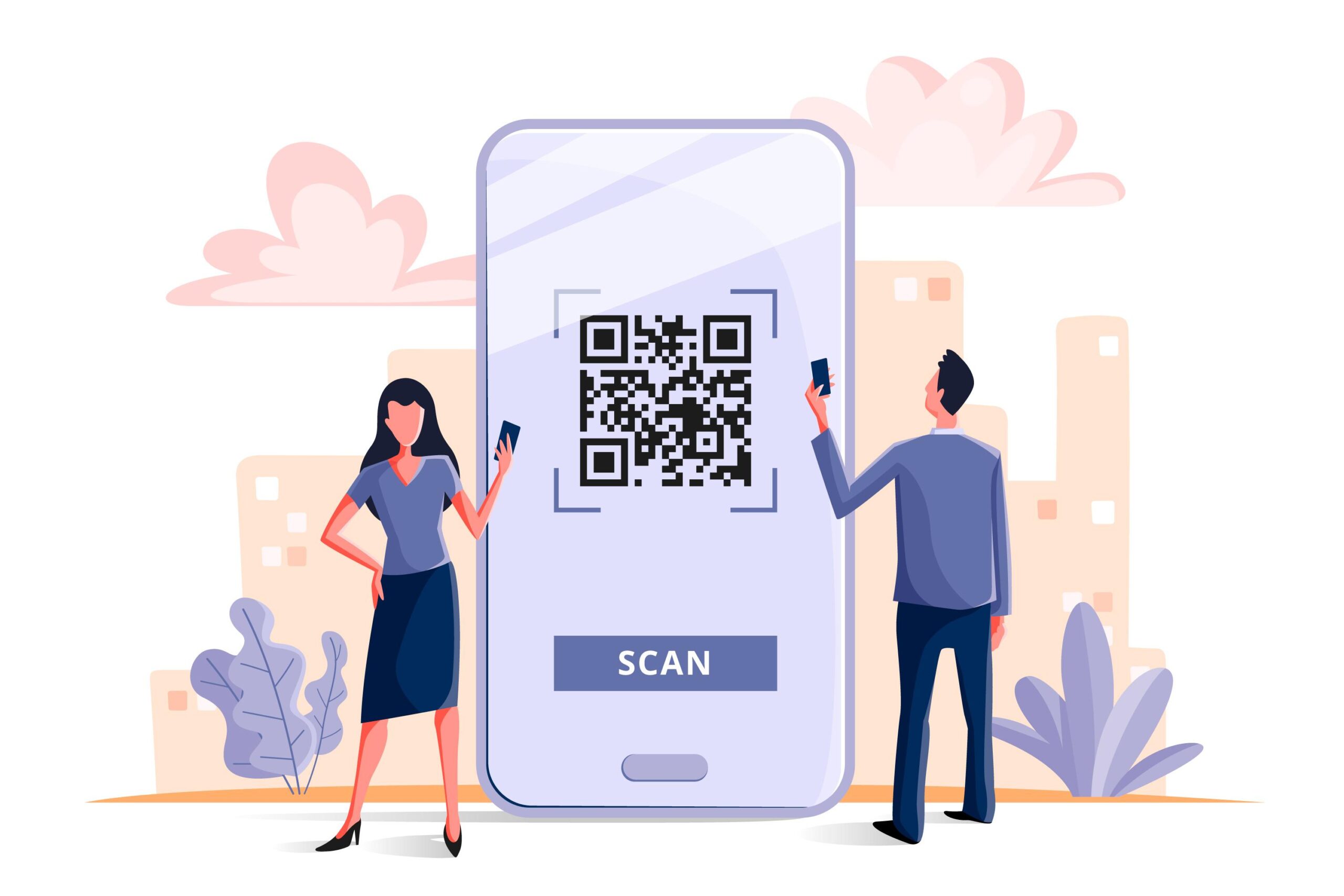The advent of Quick Response (QR) codes has revolutionized various aspects of our lives, and one of the domains where their impact is most pronounced is in the realm of contactless payments. From mobile wallets to payment apps, QR codes have become a ubiquitous feature in modern financial transactions, reshaping the way we make payments. In this article, we explore the profound impact of QR codes on contactless payments, from enhanced convenience to improved security and the changing landscape of the payment industry.
1. Enhanced Convenience:
One of the primary impacts of QR codes on contactless payments is the unparalleled convenience they offer. Users can make transactions simply by scanning a QR code with their smartphones, eliminating the need for physical cards or cash. This streamlined process reduces the time spent at the checkout counter, contributing to a more efficient and hassle-free payment experience.
2. Ubiquitous Integration in Mobile Wallets:
QR codes have seamlessly integrated into popular mobile wallet applications. Whether it’s Apple Pay, Google Pay, or various banking apps, QR codes serve as the linchpin of contactless payment systems. Users can add their credit or debit cards to these apps, and the associated QR codes enable swift and secure transactions at a wide range of merchants.
3. Accessibility for Small Businesses:
QR codes have democratized access to contactless payments, particularly for small businesses and independent merchants. Unlike traditional point-of-sale systems that can be costly and cumbersome to implement, QR code-based payment solutions are often more accessible and affordable. This has empowered smaller enterprises to adopt modern payment methods, contributing to a more inclusive financial ecosystem.
4. Integration with Peer-to-Peer Transactions:
The rise of peer-to-peer (P2P) payment platforms has been significantly influenced by QR codes. Users can easily send or receive money by scanning QR codes associated with recipients’ accounts. This seamless integration has made splitting bills, sharing expenses, and reimbursing friends more convenient than ever, fostering a cashless and digitized approach to personal financial transactions.
5. Improved Security Measures:
QR codes in contactless payments are accompanied by robust security measures. Encryption and tokenization technologies safeguard sensitive information during transactions, reducing the risk of fraud. Additionally, features like biometric authentication and device-specific authorizations add an extra layer of security, instilling confidence in users regarding the safety of their financial transactions.
6. Flexibility for Dynamic Transactions:
QR codes allow for dynamic transactions, making them adaptable to a variety of payment scenarios. Whether it’s for in-store purchases, online shopping, bill payments, or event ticketing, QR codes offer a versatile solution. Their flexibility has contributed to the widespread adoption of contactless payments across diverse industries and use cases.
7. Cross-Border Compatibility:
The impact of QR codes extends beyond national borders. Many international payment systems and e-wallets leverage QR codes, facilitating seamless transactions for travelers and global consumers. This cross-border compatibility enhances the efficiency of financial transactions, catering to the increasingly interconnected nature of the modern world.
8. Shift in Consumer Behavior:
The prevalence of QR codes in contactless payments has prompted a significant shift in consumer behavior. Users, accustomed to the convenience and speed of QR code transactions, are increasingly opting for contactless payment methods over traditional ones. This changing preference reflects a broader societal trend toward digitization and a cashless economy.
Conclusion:
The impact of QR codes on contactless payments is undeniable, fundamentally altering the way we approach financial transactions. Their role in enhancing convenience, improving security, and fostering accessibility has contributed to a paradigm shift in the payment industry. As technology continues to advance, QR codes are likely to remain a key driver of innovation in the financial sector, further shaping the landscape of contactless payments in the years to come.

